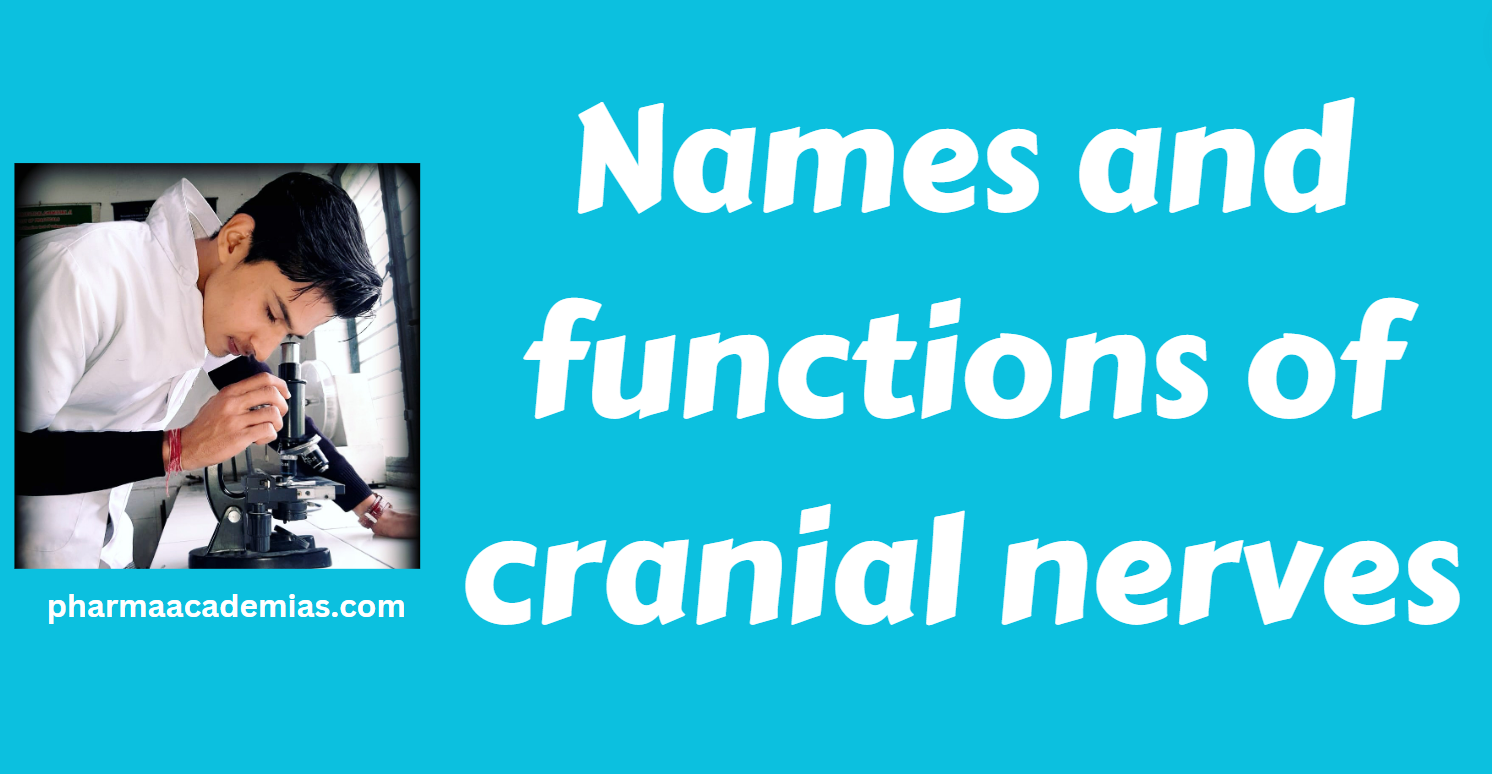Morphology of Flowering Plants: Morphology is the branch of biology that deals with the form, structure, and external characteristics of organisms. In plants, morphology helps us understand how different organs contribute to growth, survival, and reproduction.
Flowering plants, also known as angiosperms, are the most diverse group of plants on Earth. They have specialized structures that aid in their adaptation to various environments. In this blog, we will explore the morphology of different parts of flowering plants, including the root, stem, leaves, inflorescence, flower, fruit, and seed in detail.

Morphology of Flowering Plants
1. Root System
Definition & Function: The root is the underground part of the plant that provides anchorage, absorbs water and nutrients, stores food, and supports vegetative propagation in some species.
Types of Roots
1. Taproot System (Dicots) – A single main root grows deep into the soil and gives rise to lateral roots. Examples: Mango, Mustard, Pea
2. Fibrous Root System (Monocots) – A cluster of thin, thread-like roots arises from the base of the stem. Examples: Wheat, Rice, Maize
3. Adventitious Roots – Roots that develop from stems, leaves, or other non-root parts. Examples: Banyan tree (prop roots), Maize (stilt roots)
Root Modifications
Roots adapt to perform specialized functions, such as:
Storage Roots – Store food (e.g., Carrot, Beetroot, Radish).
Respiratory Roots (Pneumatophores) – Help in gas exchange in marshy areas (e.g., Mangrove plants like Rhizophora).
Parasitic Roots (Haustoria) – Absorb nutrients from host plants (e.g., Cuscuta).

2. Stem
Definition & Function: The stem is the aerial part of the plant that supports leaves, flowers, and fruits. It also conducts water, minerals, and food.
Types of Stems
Herbaceous Stem – Soft and green (e.g., Sunflower, Tomato).
Woody Stem – Hard and thick (e.g., Mango, Banyan).
Climbing Stem – Helps plants climb (e.g., Pea, Grapevine).
Stem Modifications
Storage Stems – Store food (e.g., Potato tuber, Ginger rhizome).
Thorns – Provide protection (e.g., Citrus, Bougainvillea).
Tendrils – Help in climbing (e.g., Cucumber, Pumpkin).
Runners and Stolons – Help in vegetative propagation (e.g., Strawberry, Grass).

3. Leaf
Definition & Function: A leaf is a flattened, green structure attached to the stem, mainly responsible for photosynthesis, transpiration, and gas exchange.
Parts of a Leaf
1. Lamina (Blade) – The expanded part that carries out photosynthesis.
2. Petiole – The stalk that connects the leaf to the stem.
3. Stipules – Leaf-like structures at the base.
Types of Leaves
Simple Leaf – A single, undivided blade (e.g., Mango, Guava).
Compound Leaf – Divided into leaflets (e.g., Neem, Rose).
Leaf Modifications
Tendrils – For climbing (e.g., Pea).
Spines – For protection (e.g., Cactus).
Storage Leaves – Store food (e.g., Onion, Aloe Vera).
Insectivorous Leaves – Capture insects (e.g., Pitcher Plant, Venus Flytrap).

4. Inflorescence
Definition & Function: Inflorescence refers to the arrangement of flowers on the plant. It plays a crucial role in pollination and reproduction.
Types of Inflorescence
1. Racemose (Indeterminate) – The main axis continues growing, and flowers develop in acropetal succession (older flowers at the base, younger at the tip).
Examples: Mustard (raceme), Wheat (spike), Sunflower (capitulum)
2. Cymose (Determinate) – The growth of the main axis stops, and flowers develop in basipetal succession (younger flowers at the base, older at the tip).
Examples: Jasmine (cyme), Dianthus (dichasial cyme)

5. Flower
Definition & Function: A flower is the reproductive structure of angiosperms that facilitates sexual reproduction. It consists of four main parts:
1. Calyx (Sepals) – Green outer whorl that protects the bud.
2. Corolla (Petals) – Brightly colored whorl that attracts pollinators.
3. Androecium (Male Reproductive Part) – Stamens (filament + anther).
4. Gynoecium (Female Reproductive Part) – Carpels (ovary, style, stigma).
Types of Flowers
Unisexual Flowers – Have either stamens or carpels (e.g., Papaya, Mulberry).
Bisexual Flowers – Contain both stamens and carpels (e.g., Hibiscus, Rose).

6. Fruit
Definition & Function
A fruit is the mature ovary of a flower, containing seeds. It helps in seed protection and dispersal.
Types of Fruits
1. Simple Fruits – Develop from a single ovary (e.g., Mango, Tomato).
2. Aggregate Fruits – Develop from multiple ovaries of the same flower (e.g., Strawberry).
3. Multiple Fruits – Develop from a cluster of flowers (e.g., Pineapple, Jackfruit).
Special Cases
Dry Fruits – Do not contain fleshy tissue (e.g., Pea, Sunflower).
Fleshy Fruits – Contain a soft pulp (e.g., Apple, Orange).
Parthenocarpic Fruits – Develop without fertilization (e.g., Banana).

7. Seed
Definition & Function: A seed is a mature ovule containing an embryo, which can germinate to form a new plant.
Types of Seeds
1. Monocot Seeds – Have one cotyledon (e.g., Maize, Rice).
2. Dicot Seeds – Have two cotyledons (e.g., Pea, Mango).
Parts of a Seed
Seed Coat – Protective outer covering.
Endosperm – Stores nutrients (present in monocots).
Embryo (Radicle + Plumule) – Develops into the root and shoot.

Conclusion
Understanding the morphology of flowering plants is essential for botany, agriculture, and plant breeding. Each organ plays a crucial role in the plant’s survival, reproduction, and interaction with the environment. Whether it’s the root anchoring the plant, the stem providing support, the leaves photosynthesizing, or the flowers ensuring reproduction, every structure contributes to the life cycle of plants.
Stay tuned for more insights on plant biology!
Suggested Poste: Five Kingdoms of Life






